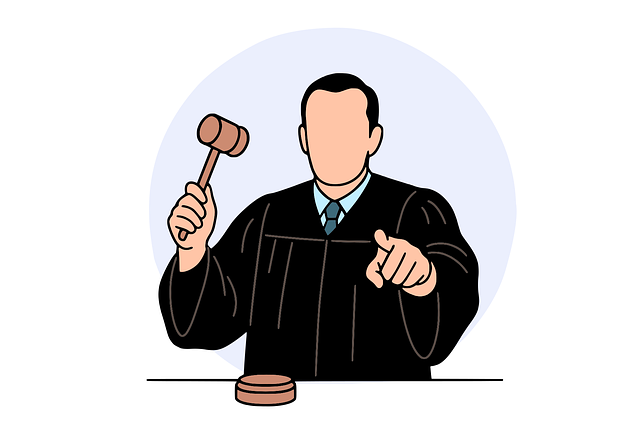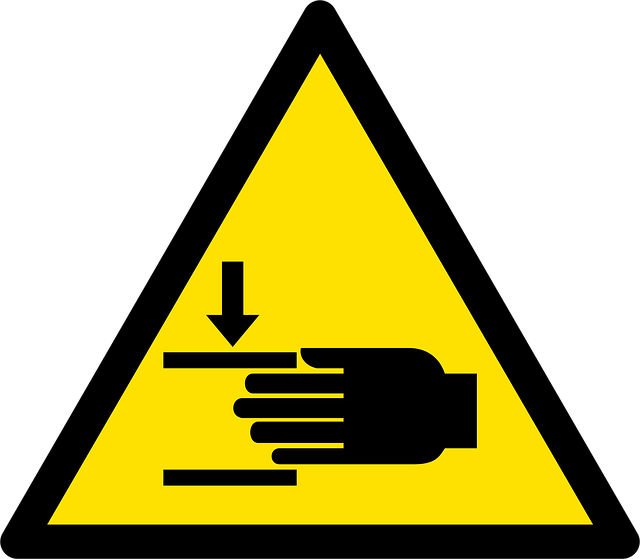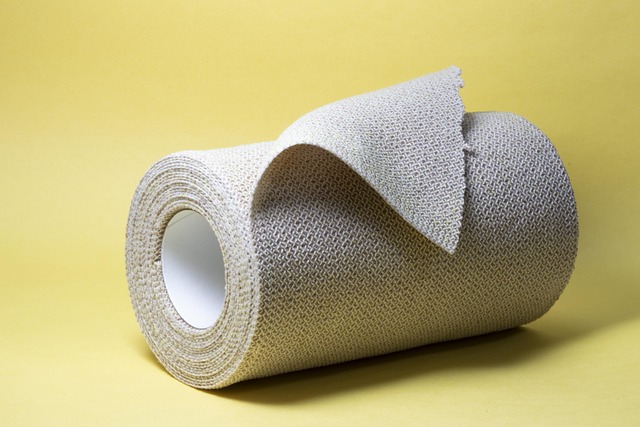Product defect injuries, ranging from minor to severe disabilities or fatalities, result from products failing to meet safety standards. These incidents have wide-reaching impacts on victims, their families, and communities. Legal actions are common in cases like nursing home abuse or medical malpractice, highlighting the need for regulatory oversight and quality control. Prompt recognition and addressing of product defects are crucial for business reputation protection and creating a safer marketplace. Consumers affected by multiple defective products have legal rights and should seek specialized legal guidance through documentation, evidence collection, and incident reporting.
In today’s consumer-driven world, product defects posing risks to multiple users have become a growing concern. This article delves into the profound impact of product defect injuries, examining how faulty products can cause significant harm and affect entire communities. From understanding the definition and far-reaching consequences to exploring common types of defects and their legal implications, we break down consumer rights in cases of defective goods, emphasizing the importance of awareness and safety measures.
- Understanding Product Defect Injury: Definition and Impact
- Common Types of Product Defects Leading to Injuries
- Legal Aspects and Consumer Rights in Case of Defective Products
Understanding Product Defect Injury: Definition and Impact

Product defect injury refers to harm caused by a product that fails to meet the expected safety standards or performs inadequately, leading to physical or health issues for consumers. This can range from minor injuries to severe disabilities or even fatalities. Understanding the nature and impact of such defects is crucial in ensuring consumer protection and holding manufacturers accountable. When a product defect results in injury, it not only affects the immediate victim but can also have far-reaching consequences for multiple individuals and families.
In cases where product defects cause widespread harm, especially in scenarios like nursing home abuse or medical malpractice, consumers often turn to legal avenues to seek justice and insurance coverage dispute resolutions. These incidents highlight the critical importance of regulatory oversight and quality control measures in the manufacturing process. By recognizing and addressing product defect injuries promptly, businesses can prevent further damage, protect their reputations, and foster a safer marketplace for all consumers.
Common Types of Product Defects Leading to Injuries

Product defects can manifest in various forms, each carrying the potential to cause harm and resulting in product defect injury. Common types include design flaws, manufacturing errors, and inadequate labeling or warnings. For instance, a defective medical device might fail during use, leading to severe injuries or even fatalities. Similarly, faulty machinery in industrial settings or households can cause serious physical damage.
Moreover, some products inherently carry risks if not properly maintained or used as intended. For example, older medications or devices may have unforeseen side effects due to their age or obsolescence, impacting vulnerable populations such as the elderly. In cases of caregiver negligence, where a caretaker fails to administer medication correctly or miss important safety signs, it can lead to significant product defect injury and subsequent property damage claims.
Legal Aspects and Consumer Rights in Case of Defective Products

In the event of a product defect injury affecting multiple consumers, understanding legal aspects and consumer rights is paramount. When a defective product causes harm, affected individuals have the right to seek justice and compensation for their injuries. Consumer protection laws vary across jurisdictions but generally provide safeguards against unsafe products. These laws empower consumers to take legal action against manufacturers or sellers if a product deviates from its intended safe use and results in injury.
In cases of product defect injury, consumers may engage the services of lawyers specializing in product liability claims. These attorneys can guide victims through complex legal processes, helping them navigate recalls, product liability insurance claims, and even potential class-action lawsuits. As with any legal dispute, documenting injuries, collecting evidence, and promptly reporting the incident are crucial steps. Consumers have a window of opportunity to assert their rights; timely action ensures stronger legal positions in cases involving product defect injury, whether it’s comparable to real estate litigation, elder abuse situations, or car accident scenarios where competent representation from a car accident attorney can make a significant difference.
Product defect injuries can have significant impacts on consumers, underscoring the importance of understanding common defects, their legal implications, and consumer rights. By being aware of these issues, folks can navigate the complex landscape of product liability, ensuring they receive justice and compensation for any harm caused by defective goods. In today’s world, recognizing and addressing product defect injury is crucial to fostering a safer marketplace and empowering consumers.






